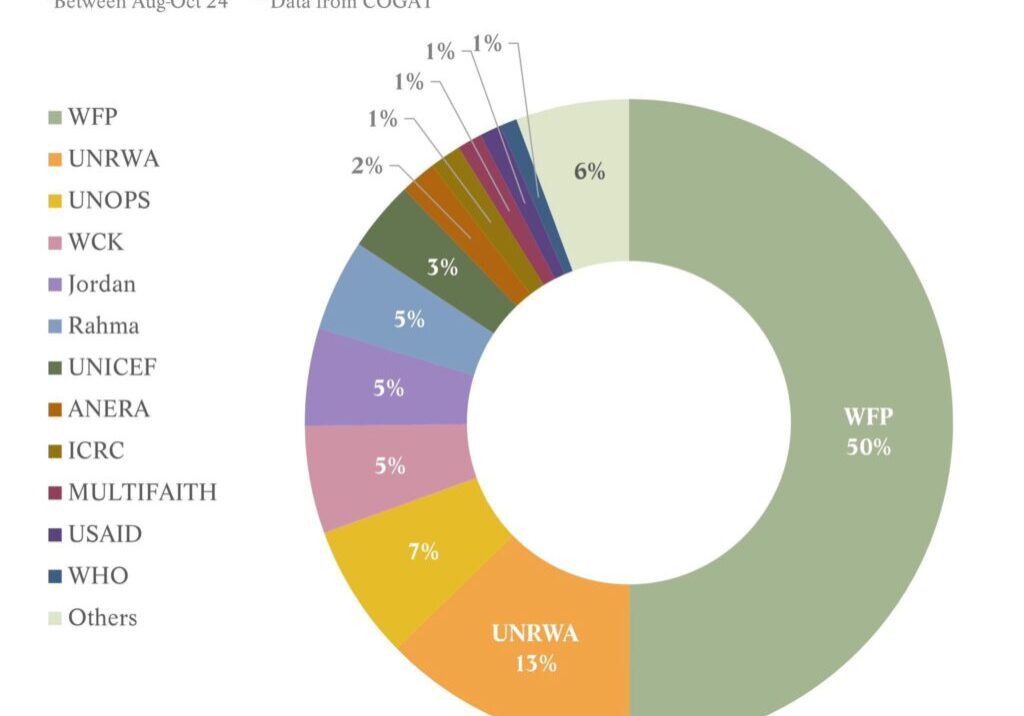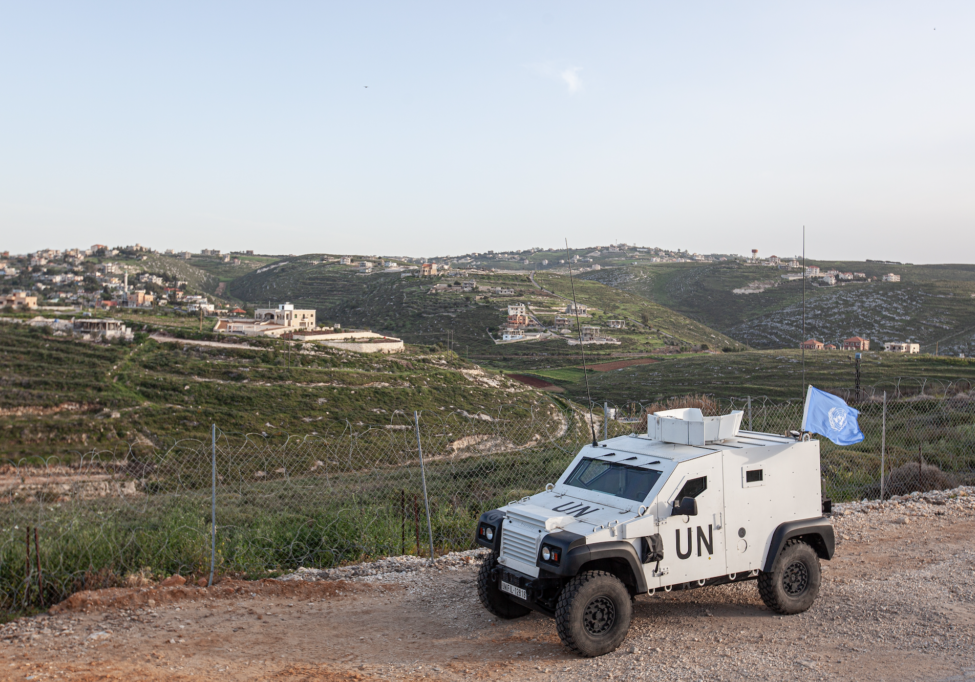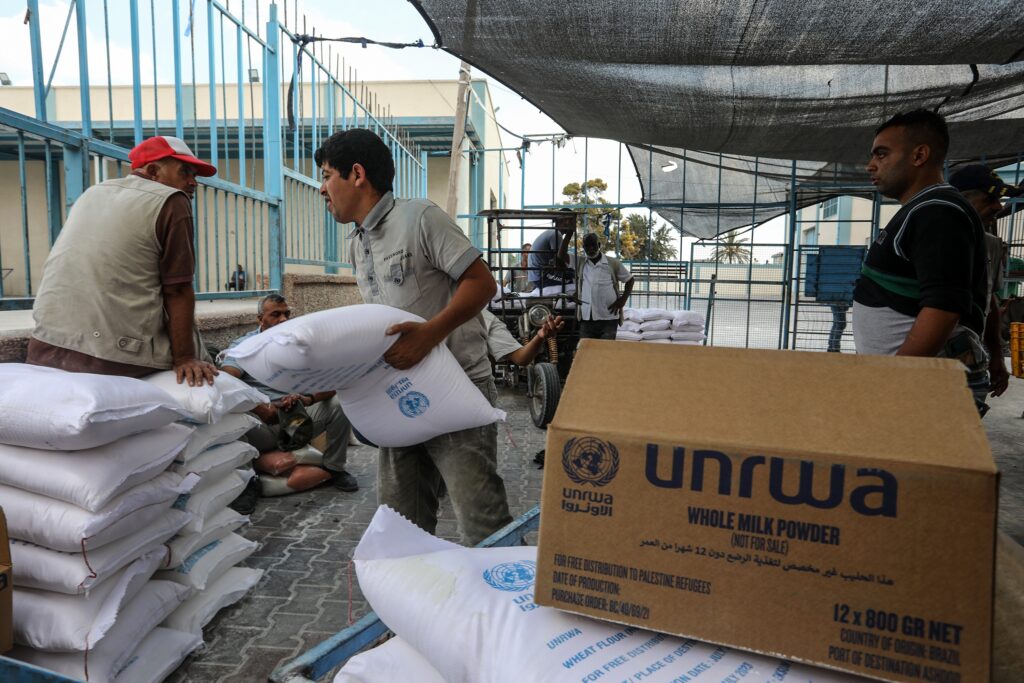FRESH AIR
Beyond the photo-opportunities: The concrete results of Netanyahu’s visit to Australia
Mar 8, 2017 | Shmuel Levin

As the dust begins to settle on Israeli Prime Minister Benjamin Netanyahu’s visit to Australia, it is worth taking stock of the specifics of what exactly was accomplished during this short four-day trip. While much has been written elsewhere about the visit and the broader Australia-Israel relationship, a number of specific concrete projects were also realised – which are discussed below.
Aviation agreements
On the very first day of the visit, the two countries finalised a new Air Services Agreement deal. While Australia and Israel previously signed an Air Services Agreement in 2001, this new agreement is the first air services framework between the two countries that is at treaty-level. One difference between treaty and non-treaty level agreements concerns transparency: All treaty-level agreements are made public by the Australian government. In contrast, those of less than treaty status are kept private “as they are traditionally regarded as being confidential between aeronautical authorities.
Notably, the new agreement also allows designated airlines of the two countries to enter into “cooperative marketing arrangements”. In this vein, the visit also heralded a new Memorandum of Understanding signed between Qantas and El Al, introducing a new “codeshare agreement”. This second agreement allows the two airlines to operate a single flight with two different flight numbers. As such, Qantas now “plans to add its QF code to EL AL operated flights to three Qantas destinations – Hong Kong, Bangkok and Johannesburg – and Tel Aviv.” On its part, “EL AL plans to add its code to Qantas services that operate between Sydney, Melbourne, Brisbane and Hong Kong; between Sydney and Bangkok; and between Sydney and Johannesburg.”
This provides a number of benefits for travellers. First, by linking the two legs of the flight together, the airlines can provide quicker and smoother connections, eliminating long waiting times between flights. Second, this streamlines the booking process by allowing passengers to book a ticket directly from Australia to Israel under the one code, rather than in two separate stages. Third, eligible customers of both airlines will have reciprocal lounge access in Tel Aviv, Sydney, Melbourne, Brisbane and Hong Kong, and will also be able to access lounges available to Qantas customers in Bangkok and Johannesburg.
As Australia’s Minister for Infrastructure and Transport Darren Chester noted: “During 2016, 12,600 Israeli residents visited Australia, while 22,000 Australians visited Israel. We expect these numbers to grow as the new arrangements are put in place.”
The codeshare flights are expected to go into effect in the latter half of 2017. For now, Korean Air also offers a one-stop single carrier option from Brisbane or Sydney to Tel Aviv via Seoul. However, this flight involves a long, often overnight, lay over. Additionally, Cathay Pacific which serves Adelaide, Brisbane, Cairns, Melbourne, Perth and Sydney from its Hong Kong hub, is also expected to begin a nonstop flight from Hong Kong to Tel Aviv on March 26 2017. Similarly, Singapore Airlines has submitted a request for permission to land in Israel and is exploring nonstop flights from Singapore to Tel Aviv.
Agriculture and dairy
Another achievement reached on the very first day of the visit was outlined by Australian Prime Minister Malcolm Turnbull in his lengthy feature in The Australian: “Prime Minister Netanyahu and I will… announce a declaration of intent to create a fully operational and commercial farm around Wagga Wagga. The new facilities will provide Australian farmers with an opportunity to benefit from world-leading Israeli dairy and agricultural technology.”
In the words of the project’s facilitator Craig Shapiro: “We noticed that Israel has an amazing agricultural sector and farming spaces despite working in the desert, so we thought what they were doing could be directly applicable to Australia’s agricultural dryland”. As Shapiro noted, Israeli dairy farms currently produce more milk from each cow than any other country in the world. A new report from KPMG thus states that Israel’s dairy herd produces “the most milk yield per bovine in the world – over 12,000 litres per annum, almost twice the Australian average per cow” which produces only 5,669 litres per annum.
The new Wagga Wagga farm is intended as an educational centre “where visitors are able to get hands-on experience” with Israeli agricultural technologies. As such, “a consortium of leading Israeli dairy and agri companies will be invited to become partners and display their existing dairy technologies in Australia. Other potential technologies may include cropping, water, waste, and energy focused solutions.” Importantly, this new project will not only deliver commercial benefits, but will also help create a more sustainable dairy and agriculture sector.
Technology and innovation
Taking cooperation on technology and innovation further, the two leaders also signed an Agreement on Bilateral Cooperation in Technological Innovation and Research (‘the Agreement’). This agreement explicitly acknowledges and formalises the desire of both governments “to develop and strengthen economic, industrial, technological and commercial cooperation between Australia and the State of Israel” and the “mutual interest in making progress in research, development and technological innovation and the resulting advantages for both Parties”. As such, both governments explicitly resolved “to undertake a sustained effort to promote, facilitate and support joint technological innovation projects, between entities from the two countries”.
Moreover, the Agreement commits both parties to “encourage and support” cooperation between “inter alia, persons, businesses, corporations and enterprises” of the two countries. According to the Agreement, this may include organising meetings “to jointly assess cooperation opportunities” and “performance of any other activities to promote possibilities for cooperation”.
Importantly, the Agreement sets out a framework for cooperation in innovation by outlining policies on matters such as intellectual property and confidentiality. Of course, this new innovation agreement builds upon existing initiatives, such as the newly established innovation ‘Landing Pad’ in Tel Aviv.
Future commitments
Aside from concluding the above agreements, commitment was also made during the visit towards various future collaborations.
In the leaders’ joint statement, the leaders “resolved to work towards concluding a Double Taxation Agreement which would remove tax impediments to bilateral economic activity and enhance the integrity of our respective tax systems.” Additionally, both leaders committed to “explore opportunities for future collaboration in the areas of agriculture, water, energy and oil and gas”. This included “collaboration in the field of environmental protection, including sharing of knowledge and experience between both countries. To this end, the Australian Minister for the Environment and Energy will visit Israel in the first half of 2017.”
Additionally, both sides agreed to “review opportunities” to enhance bilateral defence exchanges and to “to explore opportunities for bilateral cooperation in the field of cyber” security. This is in addition to the broader security interests that were mutually reaffirmed during the visit, such as concern over “Iran’s support inter alia for Hizballah”, international terrorism, and “Israel’s right to exist, as the nation-state of the Jewish people, in peace within secure borders”.
Conclusion
It thus emerges that aside from general exchanges of bilateral support, Netanyahu’s visit also brought a number of concrete results, from aviation agreements, to agricultural technology exchanges, and a new agreement on technological exchange. These new agreements began from the very first day of the visit and it is clear that the two countries have committed to extending the relationship further, well beyond the visit’s conclusion.
Image source: AAPImage
Tags: Australasia, Israel, Singapore











